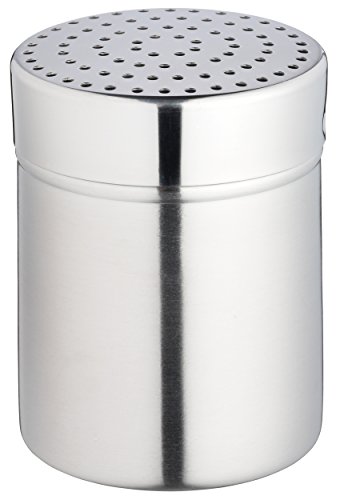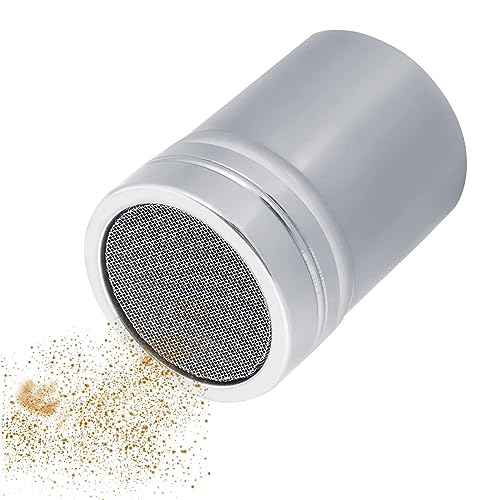Understanding the Difference Between Flour Dredger and Sifter
For people who enjoy baking or cooking, the use of tools and equipment is essential. Two common tools used by bakers and chefs alike are flour dredgers and sifters. Often used interchangeably, these tools have different functions.
Dredger vs. Sifter: What’s the Difference?
A flour dredger is a container with a small opening that is used to sprinkle flour evenly over a surface. It’s commonly used to dust flour over dough or surfaces so that they don’t stick. On the other hand, a sifter or a sieve is a mesh device that’s used to remove impurities from flour or to aerate it.
When to Use a Flour Dredger
A flour dredger is perfect for dusting flour over surfaces when rolling out dough or kneading bread. It can also be used to sprinkle powdered sugar over cakes or other desserts. This tool is handy for bakers who want to avoid clumping flour on their work surface or having to use their hands to spread it evenly over dough.
When to Use a Sifter
Sifters are essential in baking goods that require flour but also have delicate textures. Typically, cake flour or pastry flour is sifted to make these types of recipes airy and smooth. It’s also used to strain flour that has been sitting for too long and may contain clumps.
The Bottom Line
For those who enjoy baking, investing in both a flour dredger and a sifter can be beneficial. While they may appear similar, the functions of each tool are different. Knowing when to use a sifter versus when to use a flour dredger will help create the best possible baked goods.






